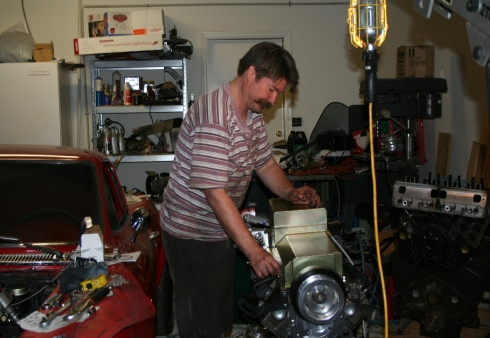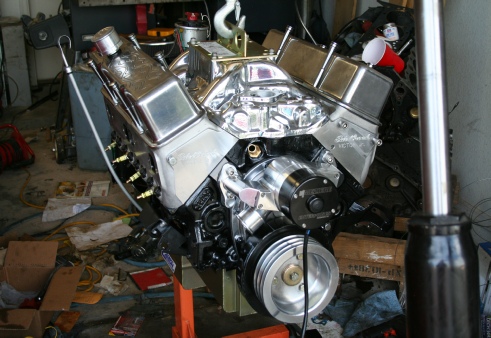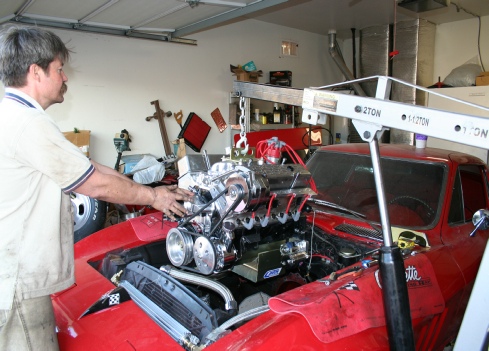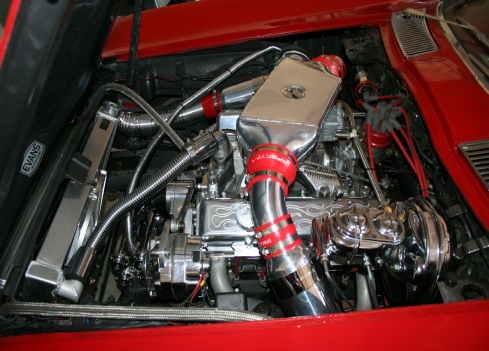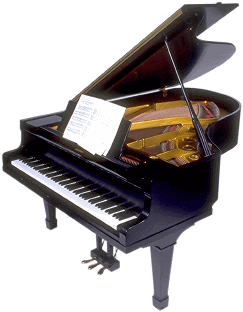




Brandt Hulderman was raised on a thoroughbred horse ranch in Riverside, CA, and as a young man had a natural instinct for fixing things. He had his mom drive him to the hardware store at the age of 7 for bolts to fix the differential in his dad’s truck. When his dad got home from work, he said “What happened to the truck?” His mom then said “Your son fixed it.” It still drives today 44 years later. He graduated from Rubidoux high school 7th in his class. The valedictorian and salutatorian both dropped out of geometry class, and Brandt stuck it out, beating his teacher more times than not in chess during lunch, and got the only B in the class.
Soon after high school, Brandt got work as an general mechanic at a local garage. He passed the ASE engine repair mechanic certification exam on the first attempt and made enough to pay for his education, first at Riverside City College, and then transferring on a math major to California State Polytechnic College (Cal Poly), where he earned his Bachelor of Science degree in Aerospace Engineering.
With his first few checks at his new engineering position, he purchased a ‘66 corvette in pretty bad shape, but he eventually built the car from the ground up. He made the decision immediately not to restore the car to original, since it was just the base model with few options, but instead made it his own, putting in the best components, blueprinting and building the engine from his chosen online parts and assembling it in the garage.
Brandt started developing this simulation after an extensive Internet search came up empty for a program to estimate piston-to-valve clearance. He purchased and used trials of engine building software products and nothing was acceptable. They didn’t even ask for parameters needed to determine valve clearance, such as valve relief depths. So, once he developed that, he said “Why stop there?” He kept at it, and over a year later, this is the tool he used to build his latest engine with great success. It even helped him discover a problem with the cool air intake on his engine, since the simulation was estimating considerably more power than dyno results.
The real power of the tool is the valve clearance estimation and the deltas in performance that arise from changing individual components. This is how to optimize your build for the ultimate performance. Improvements are constantly being made and recommendations are always welcome. Email support and software updates are included free of charge for anyone purchasing the software. A trial version is available on this site to try out some of the capabilities. Have Fun!
